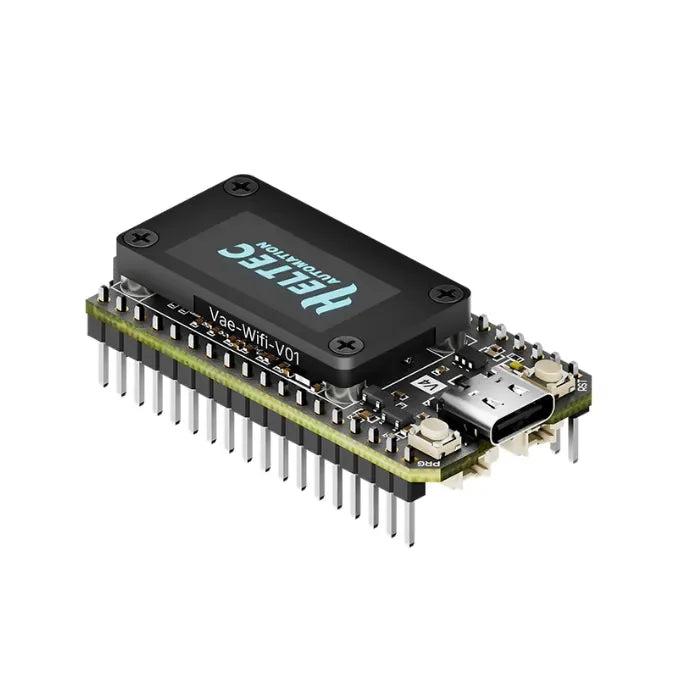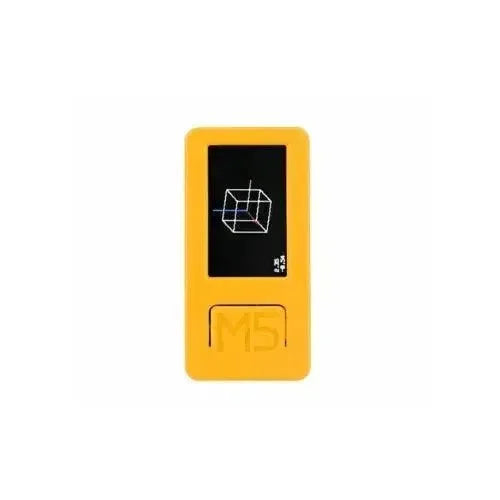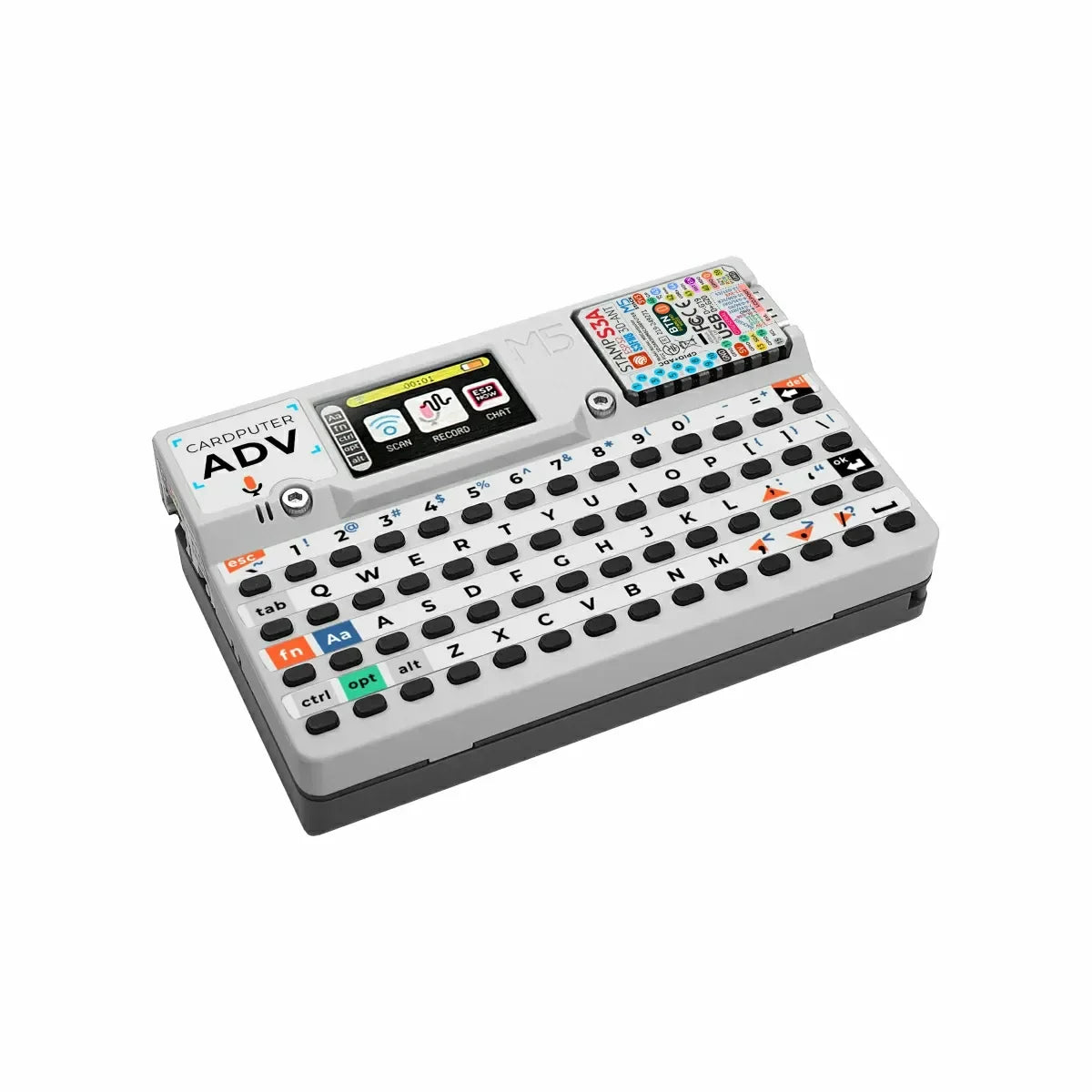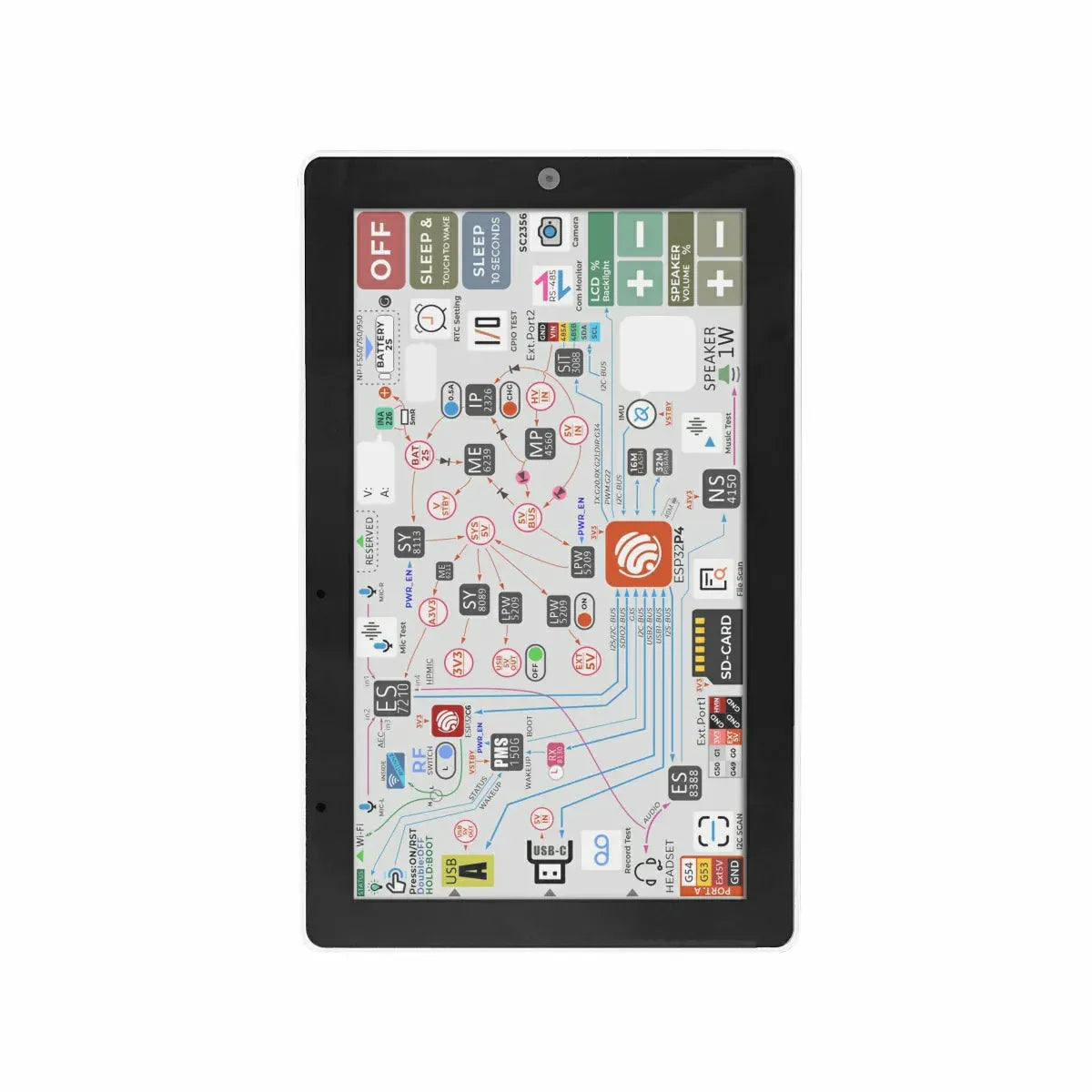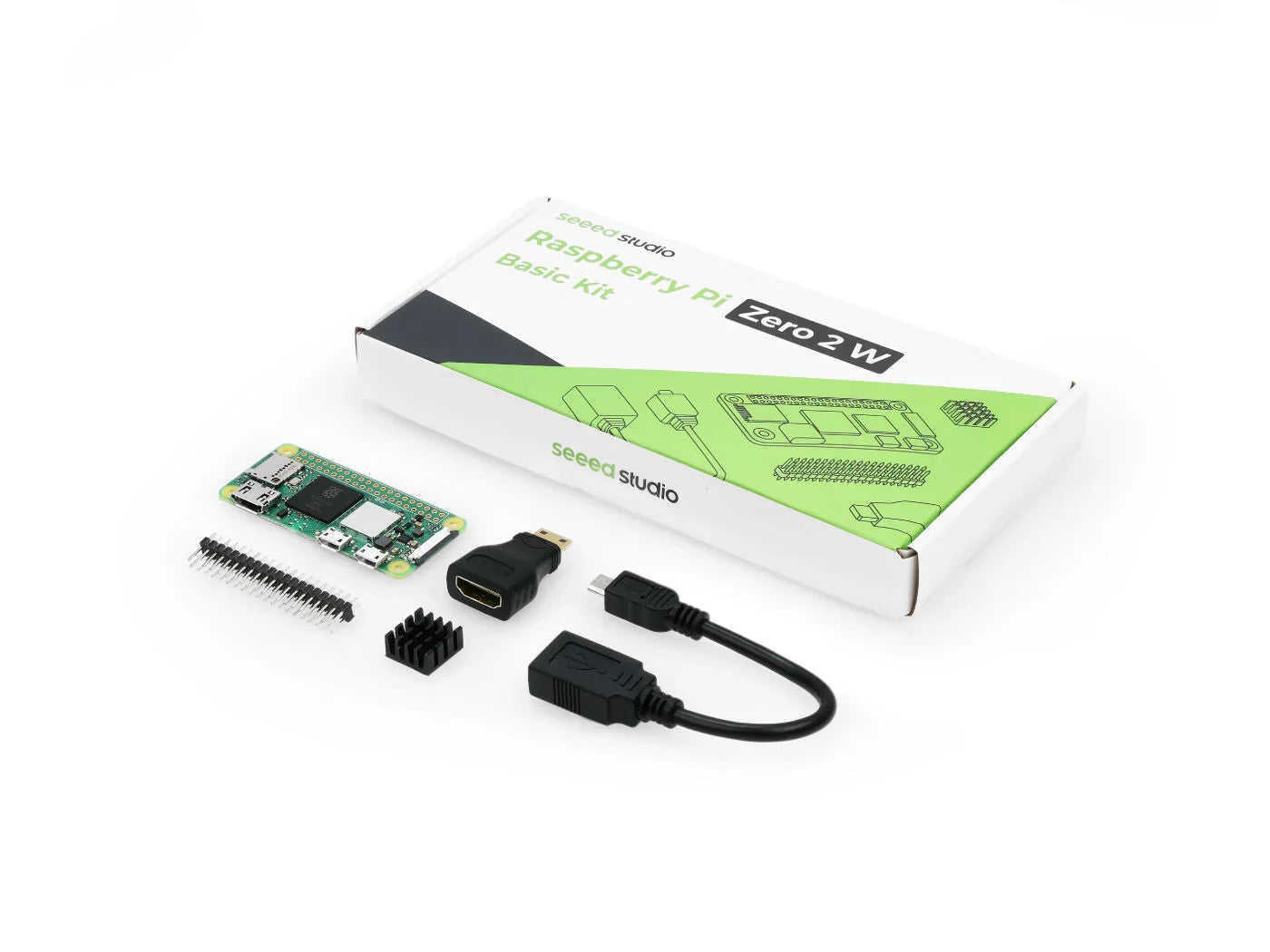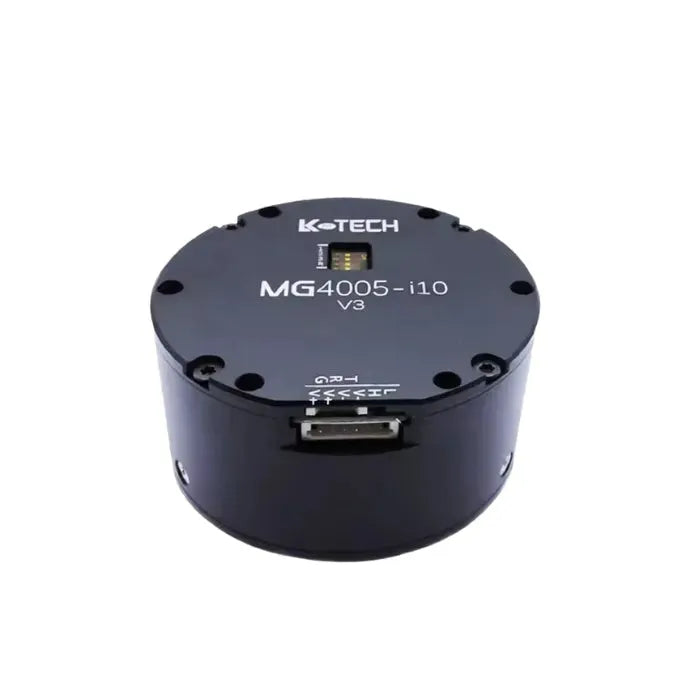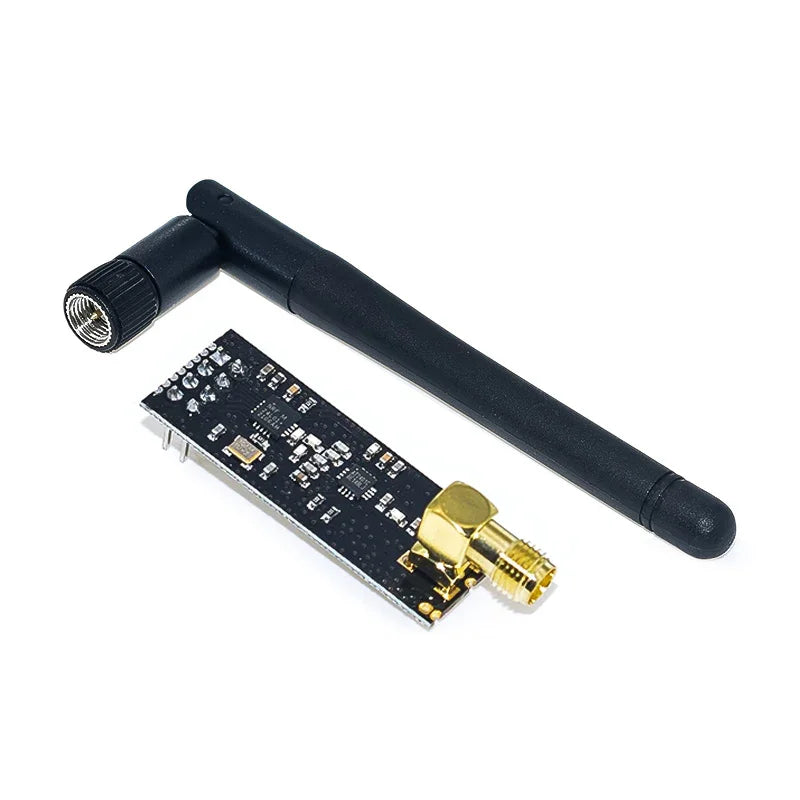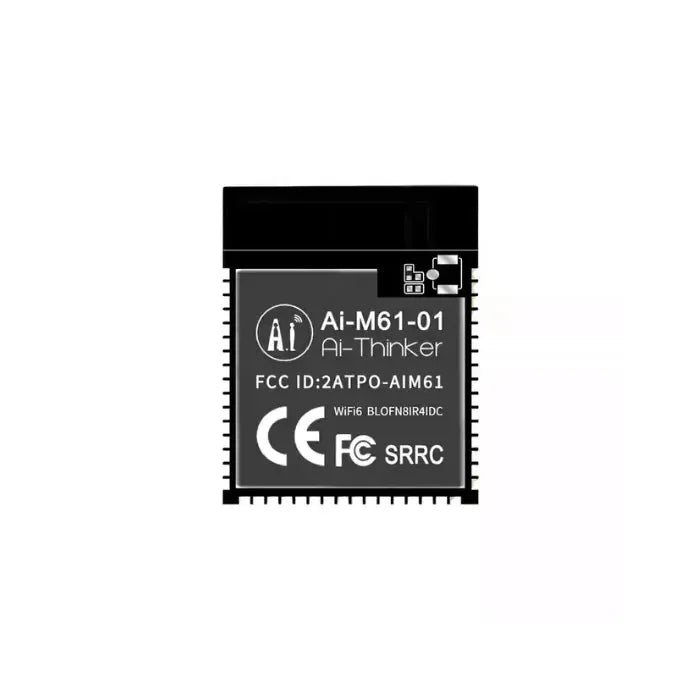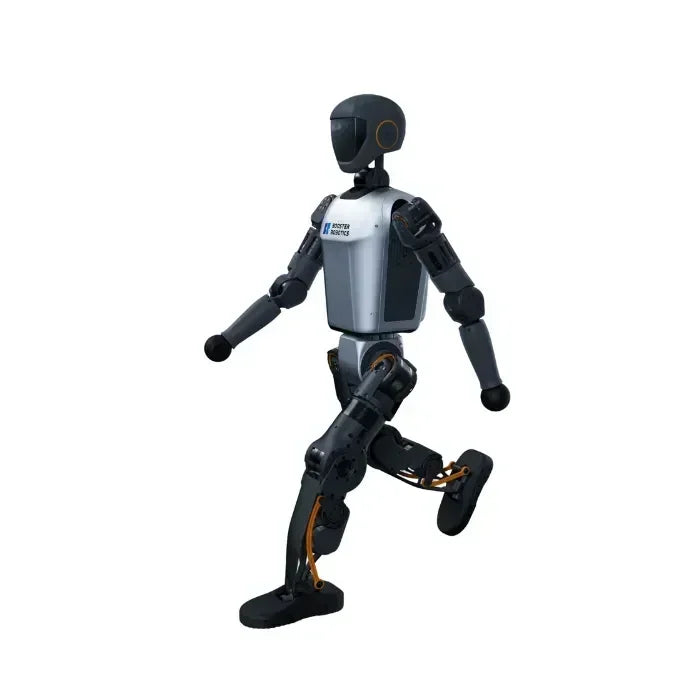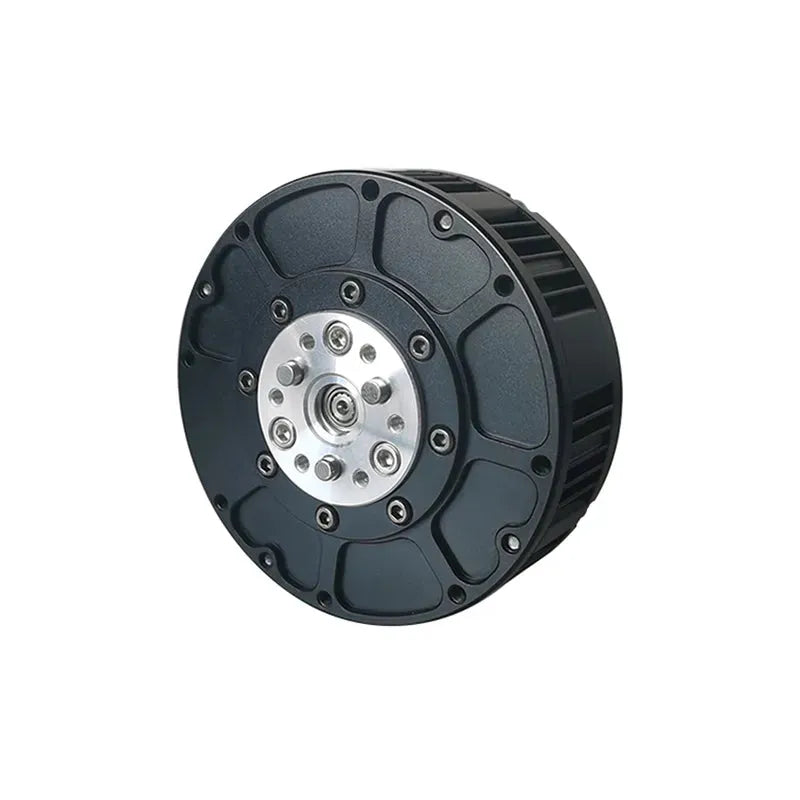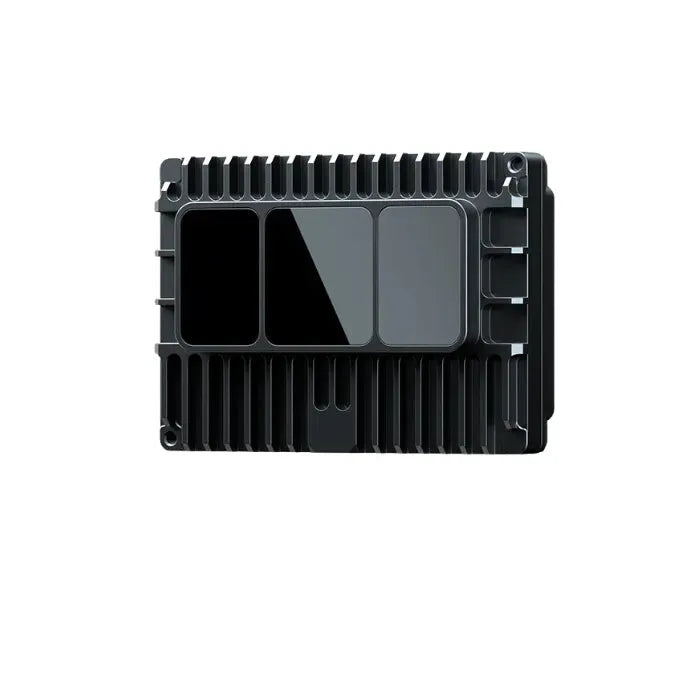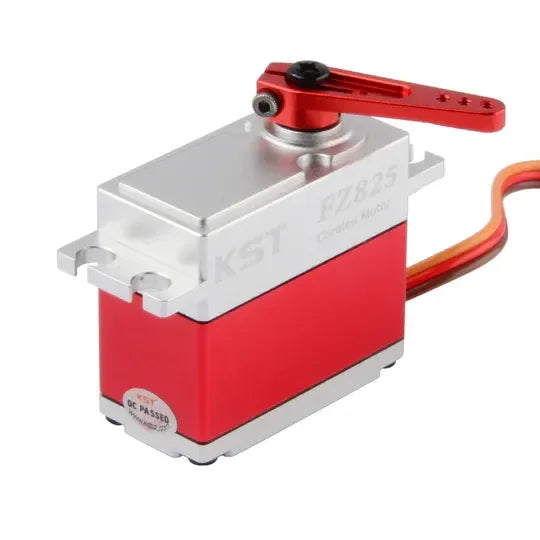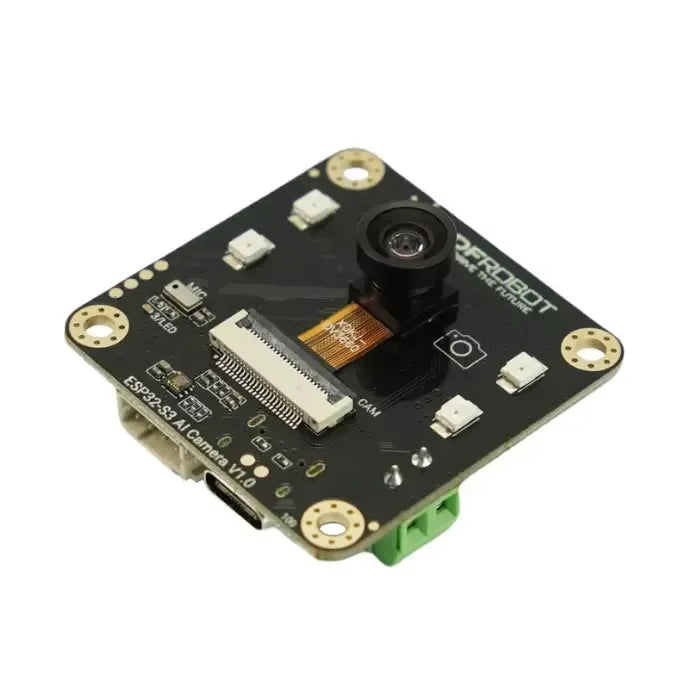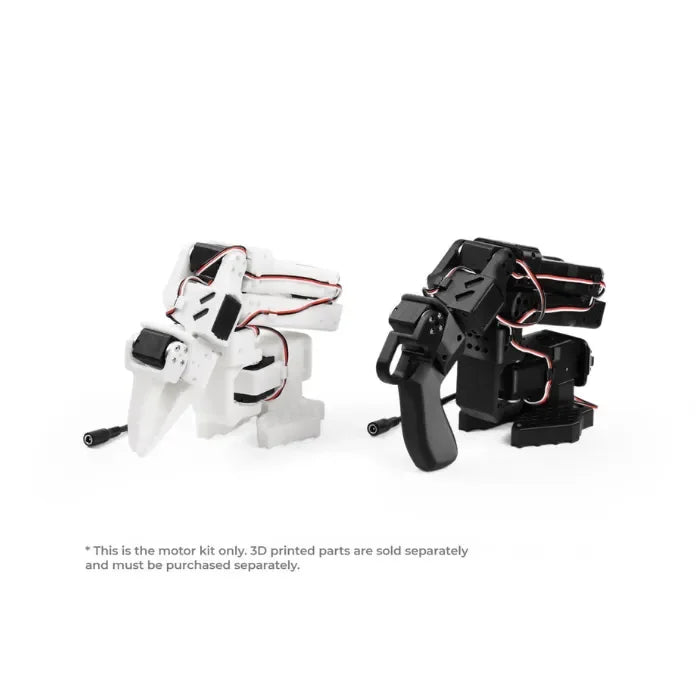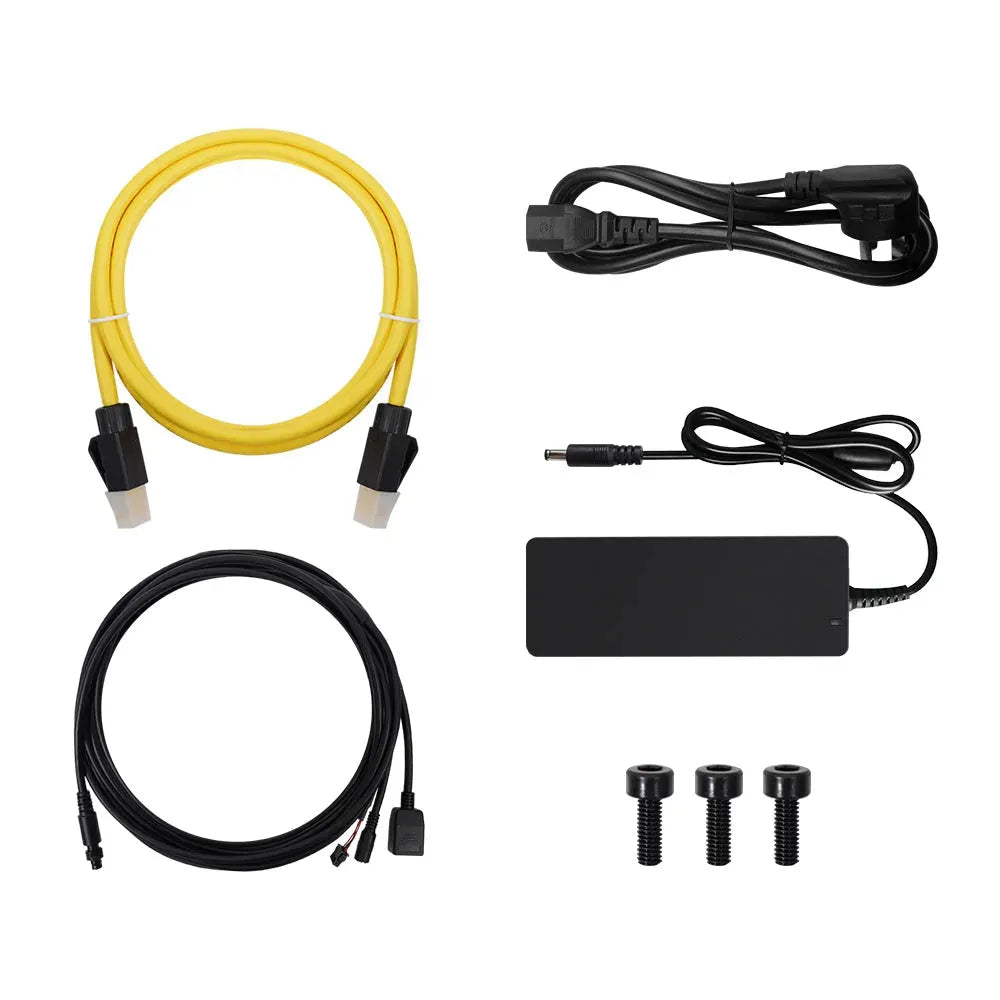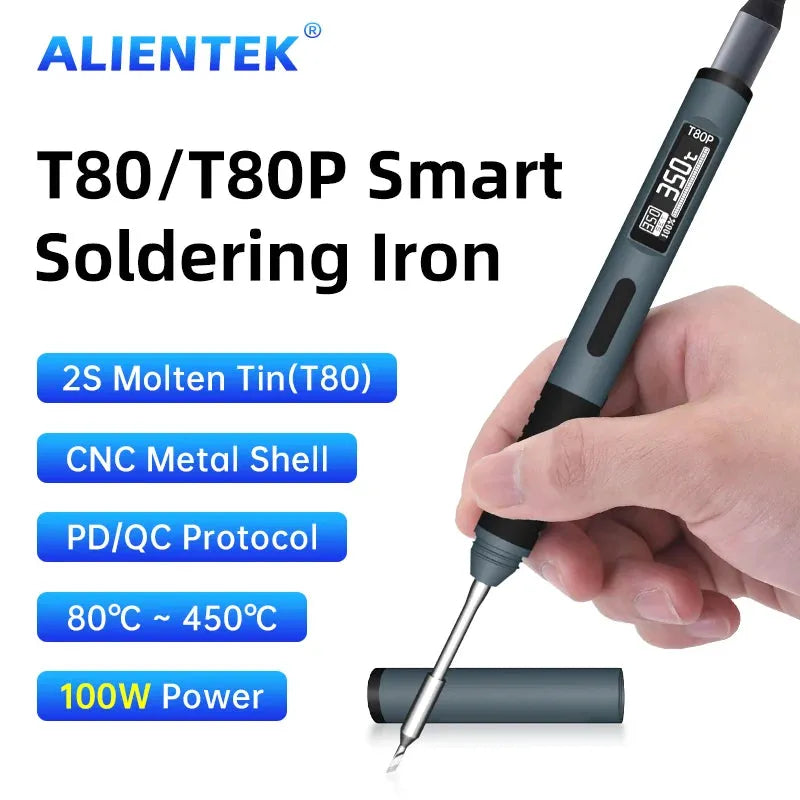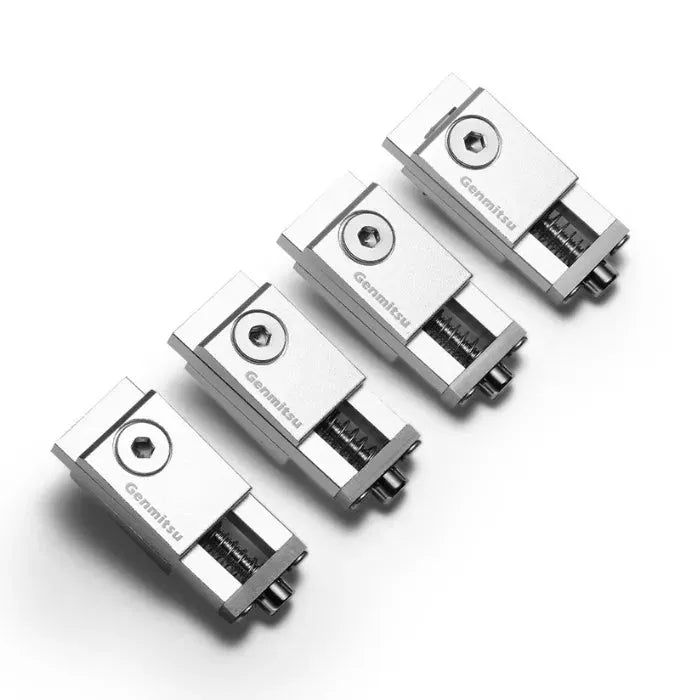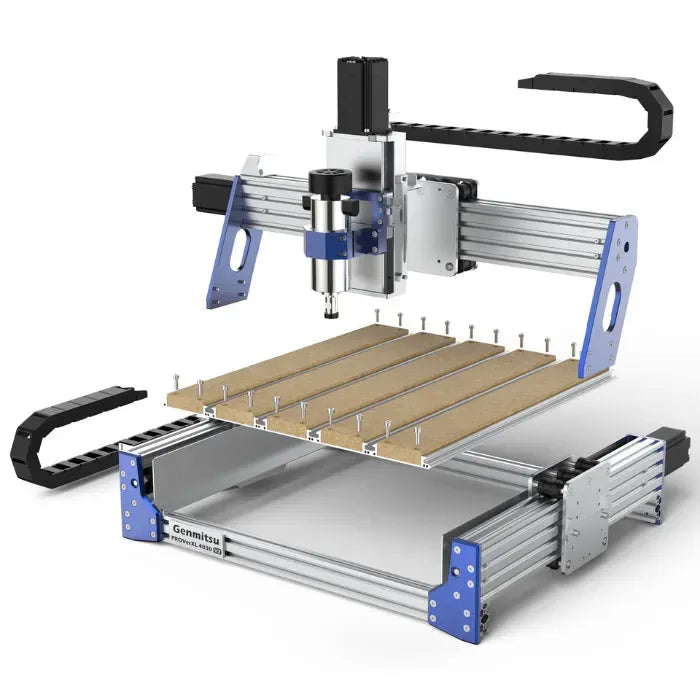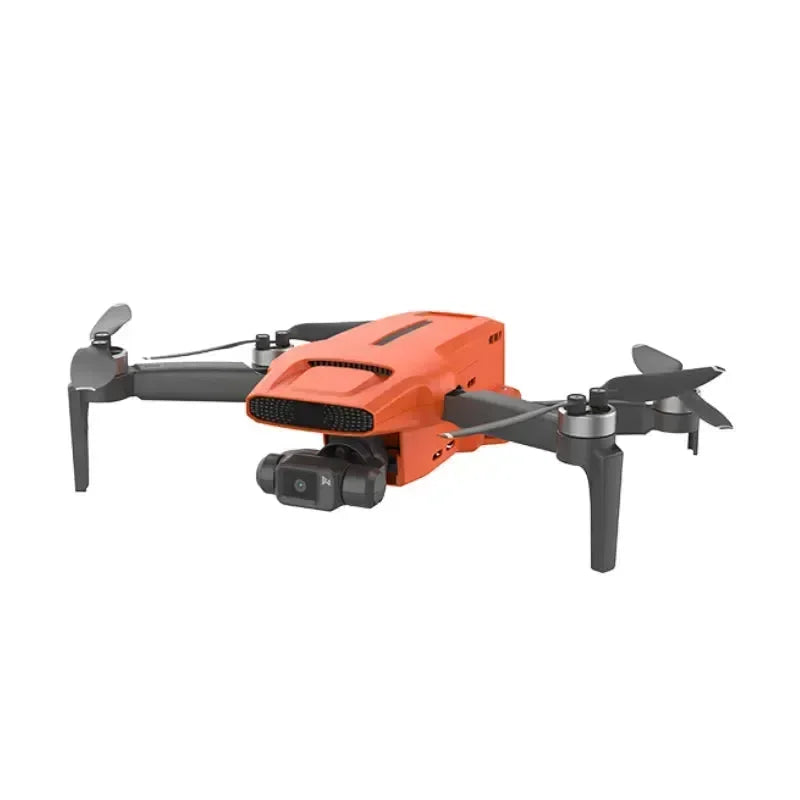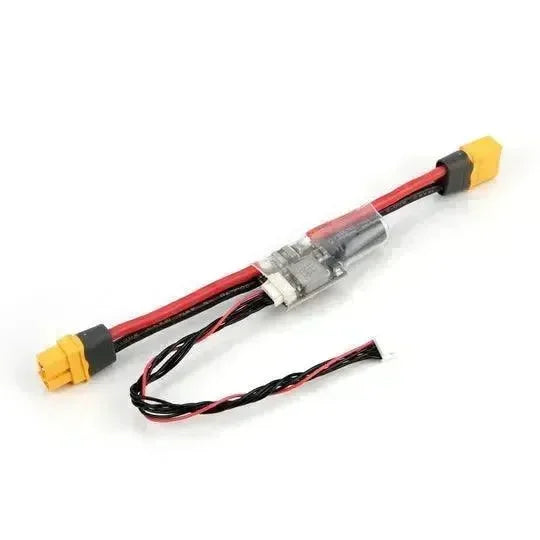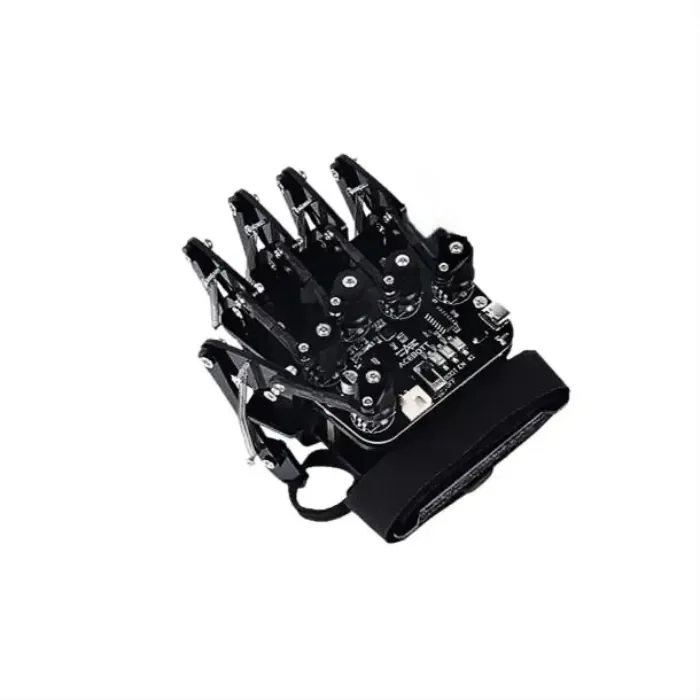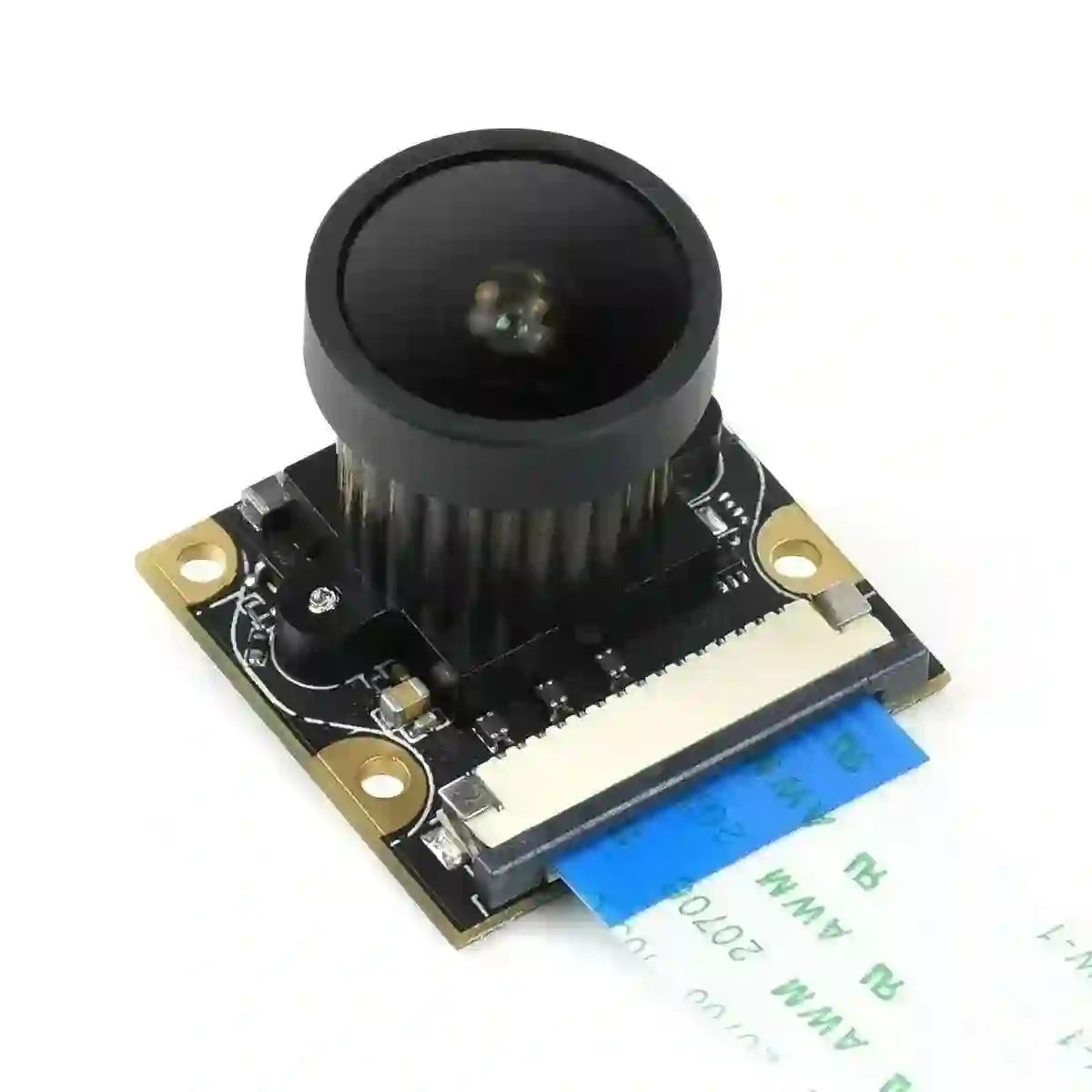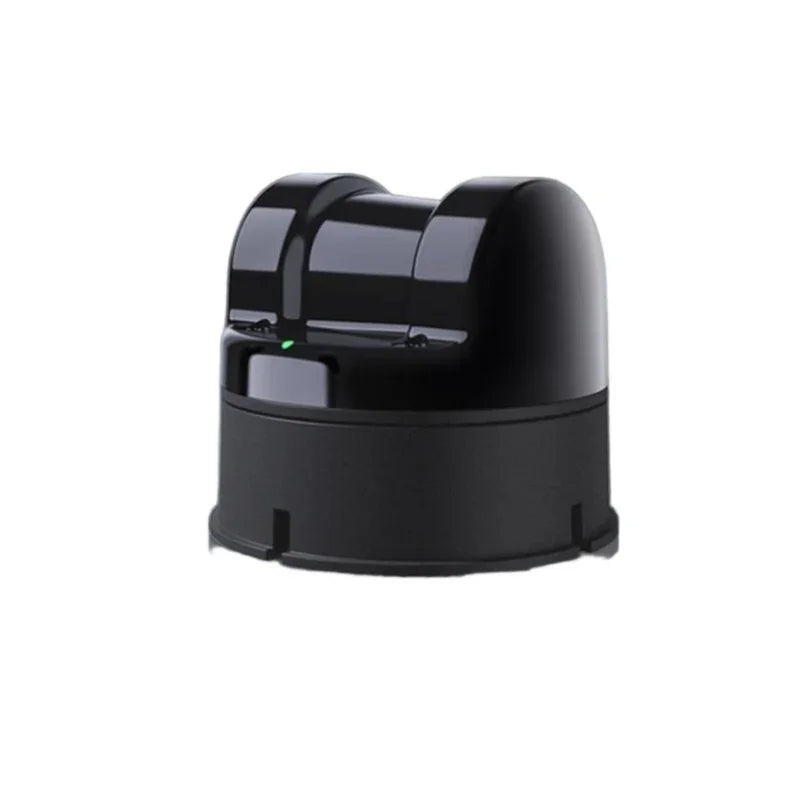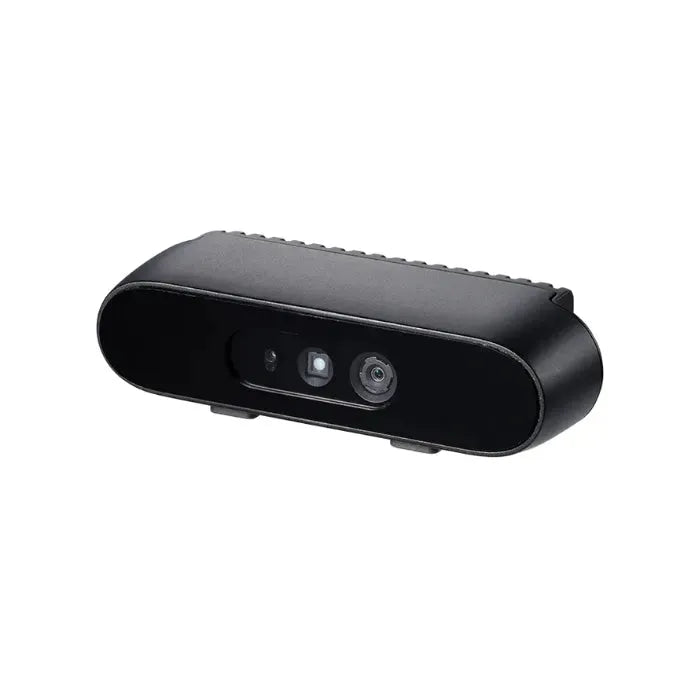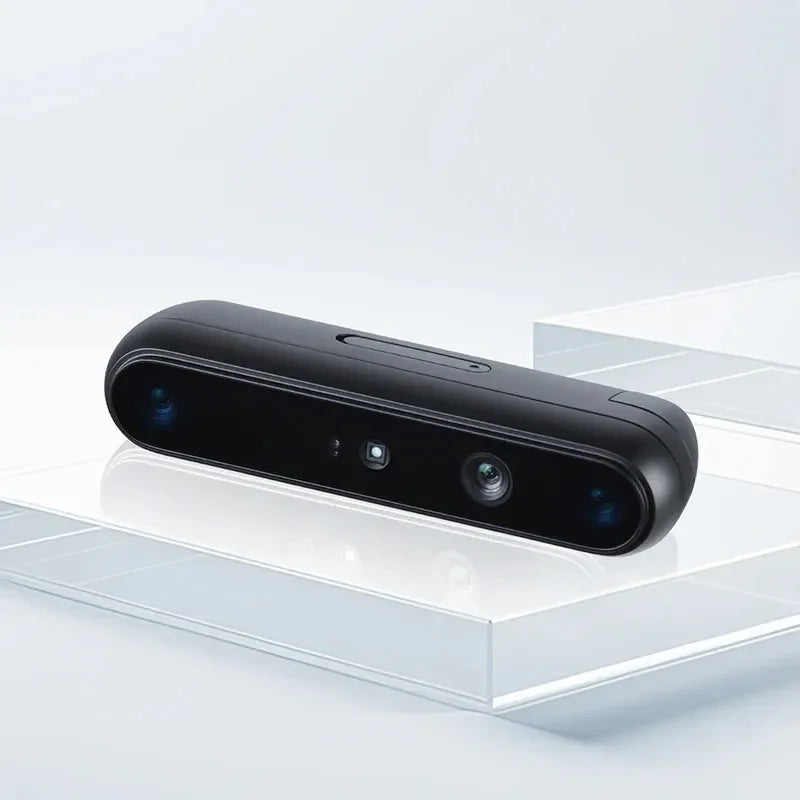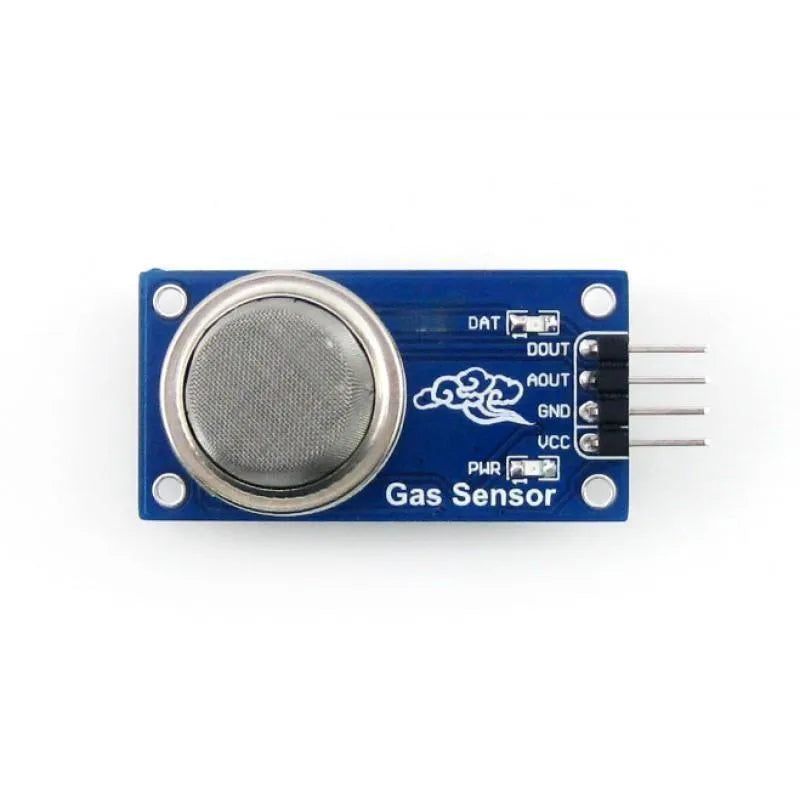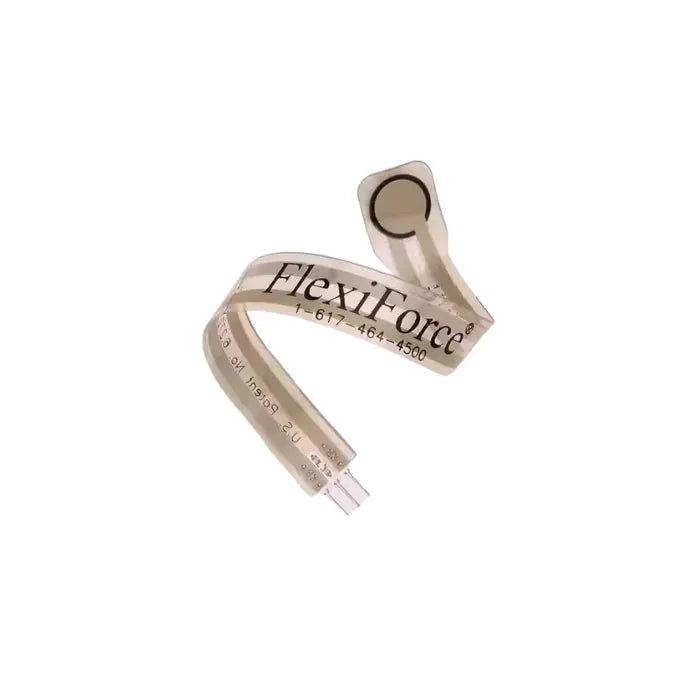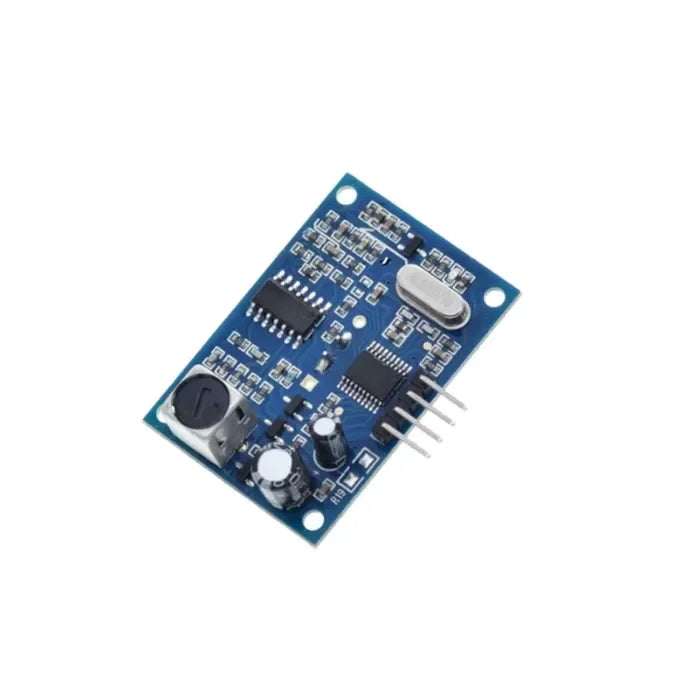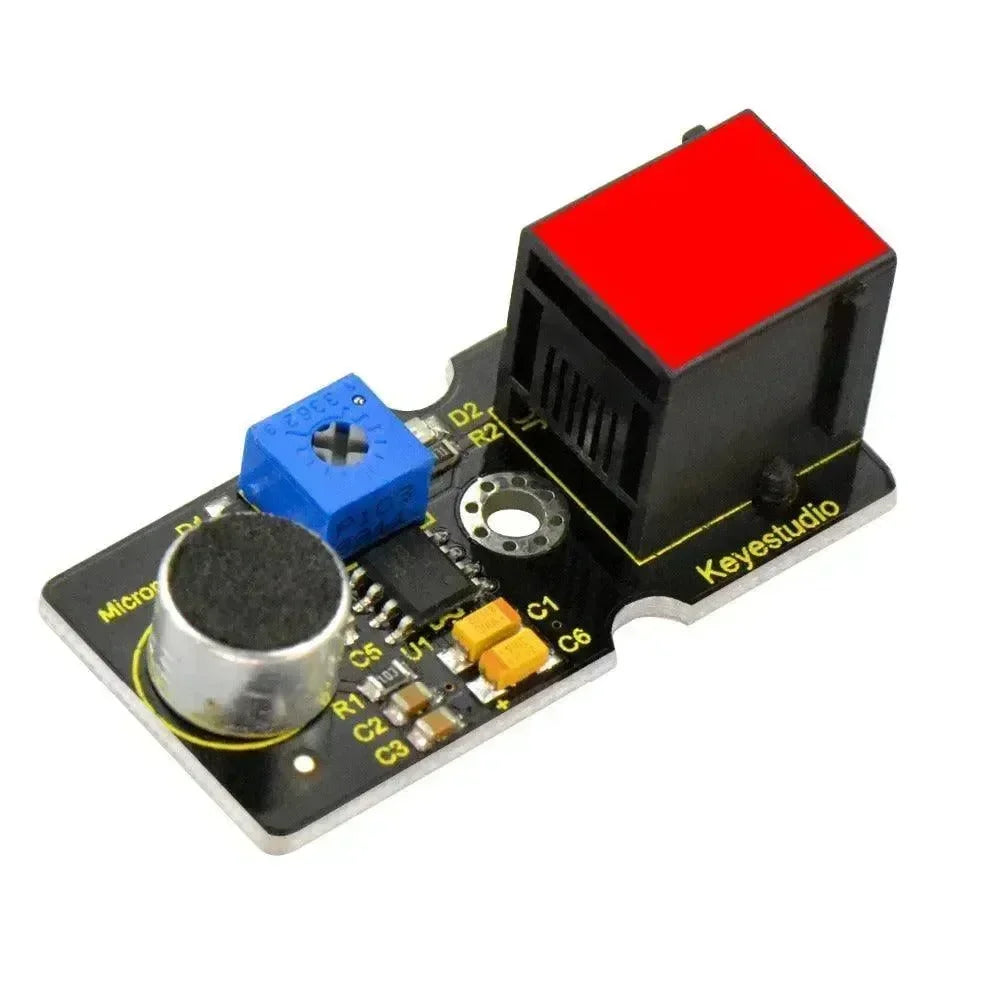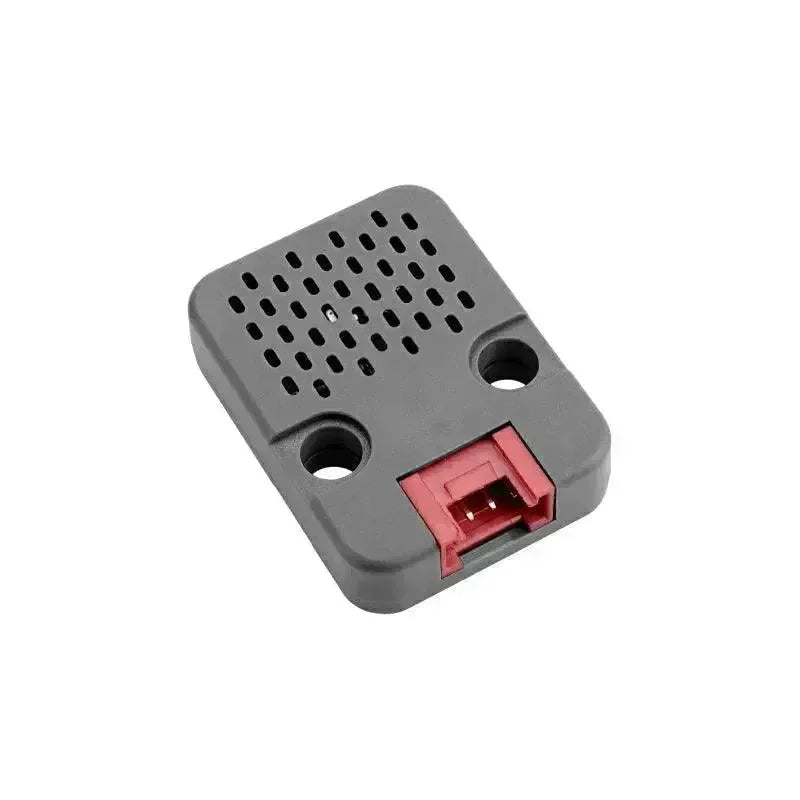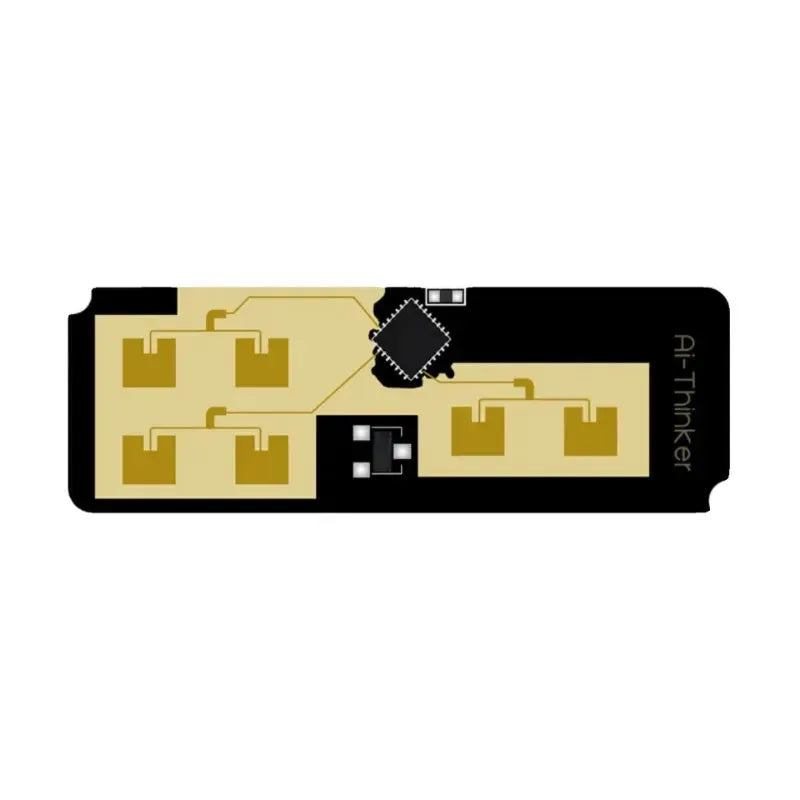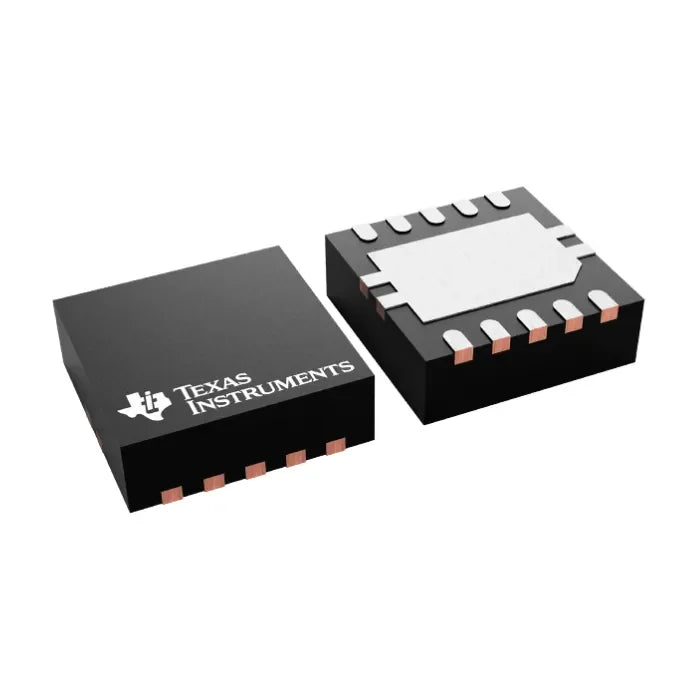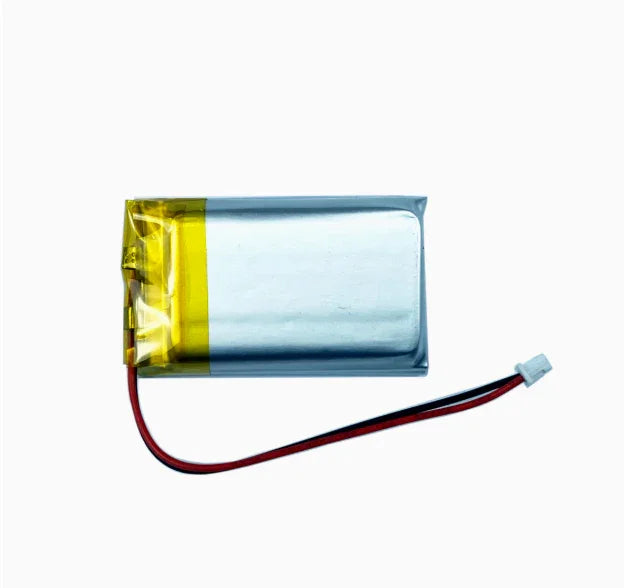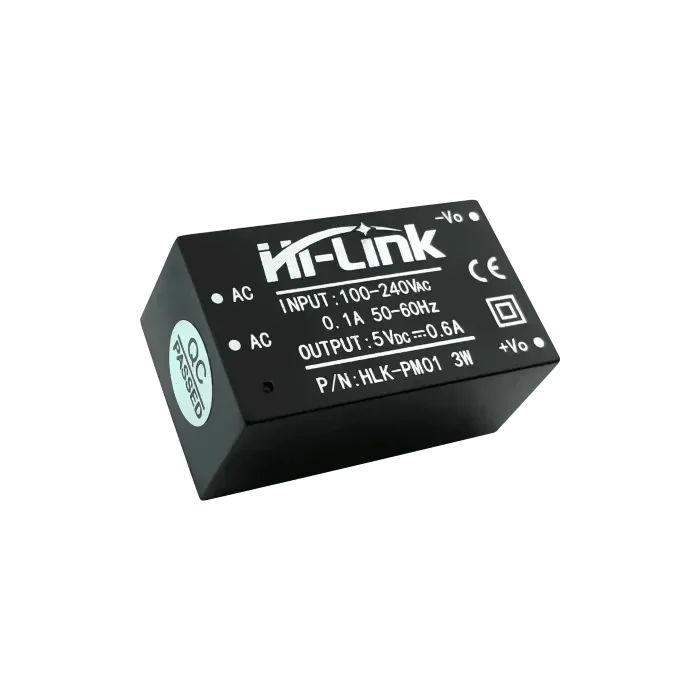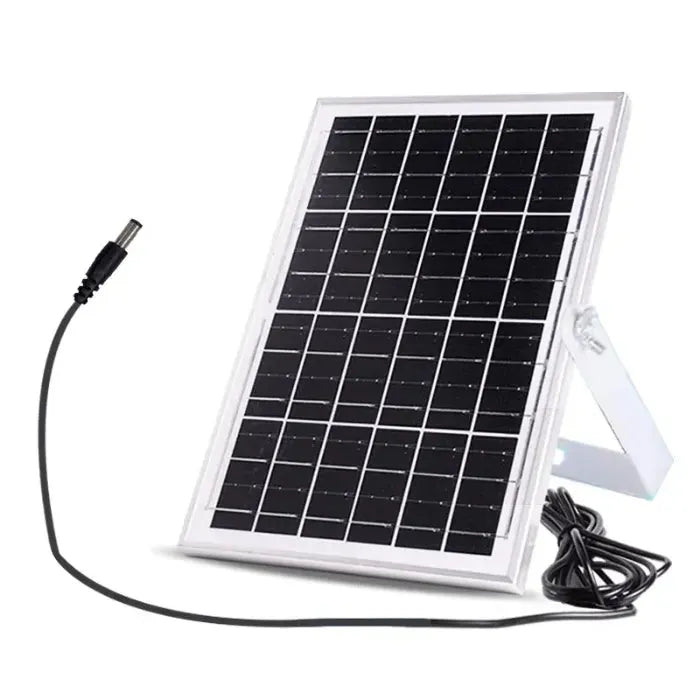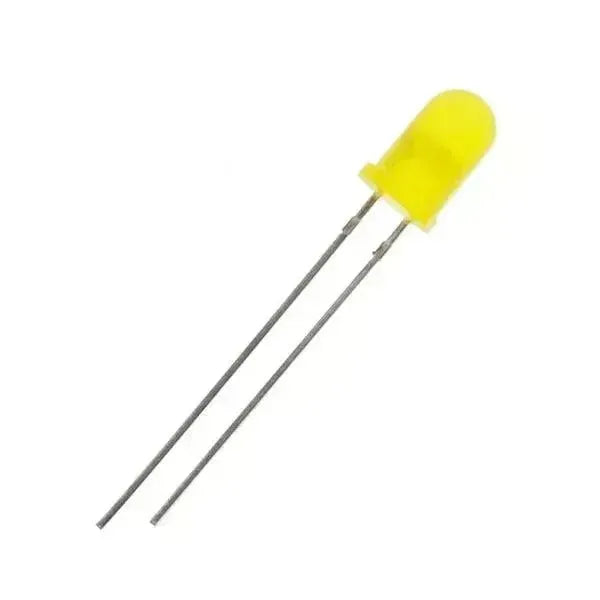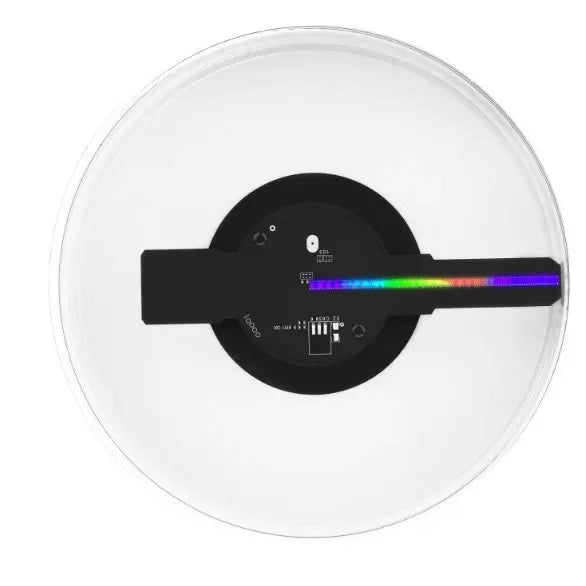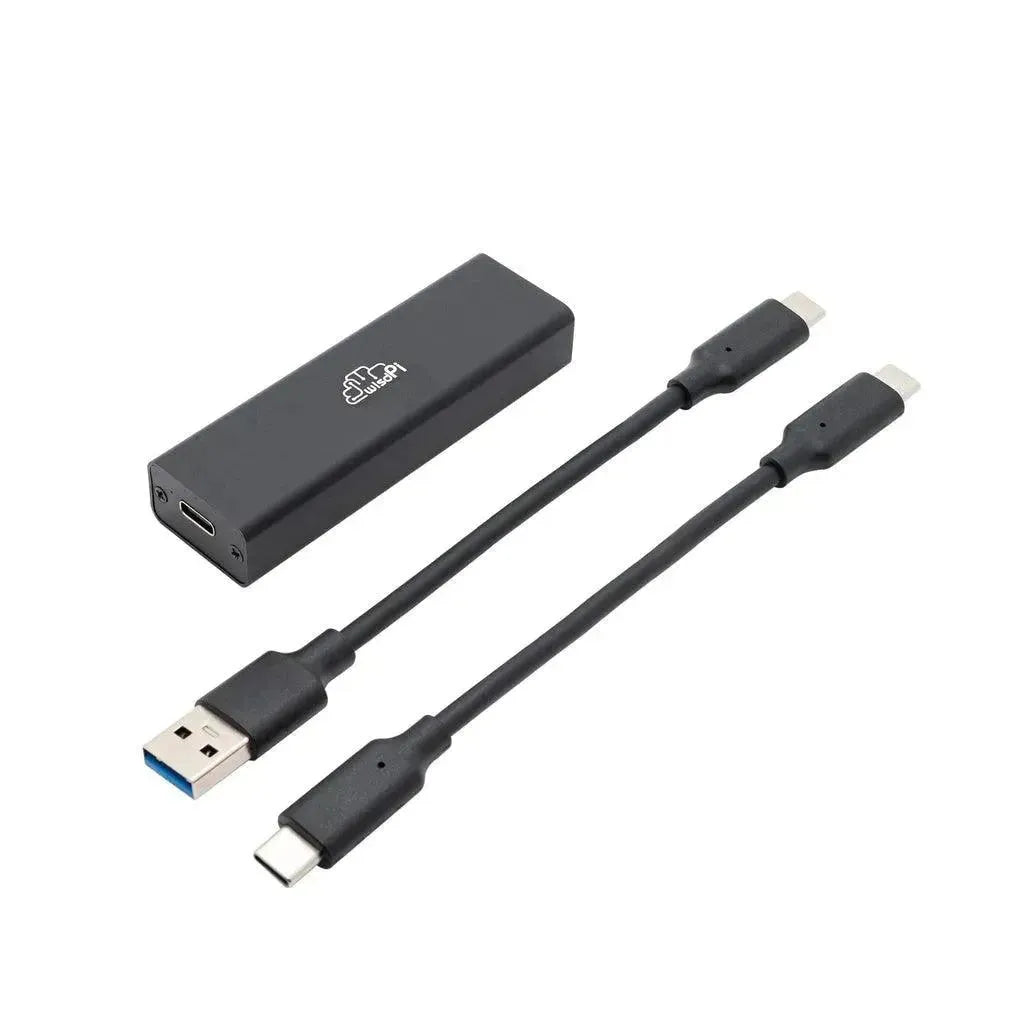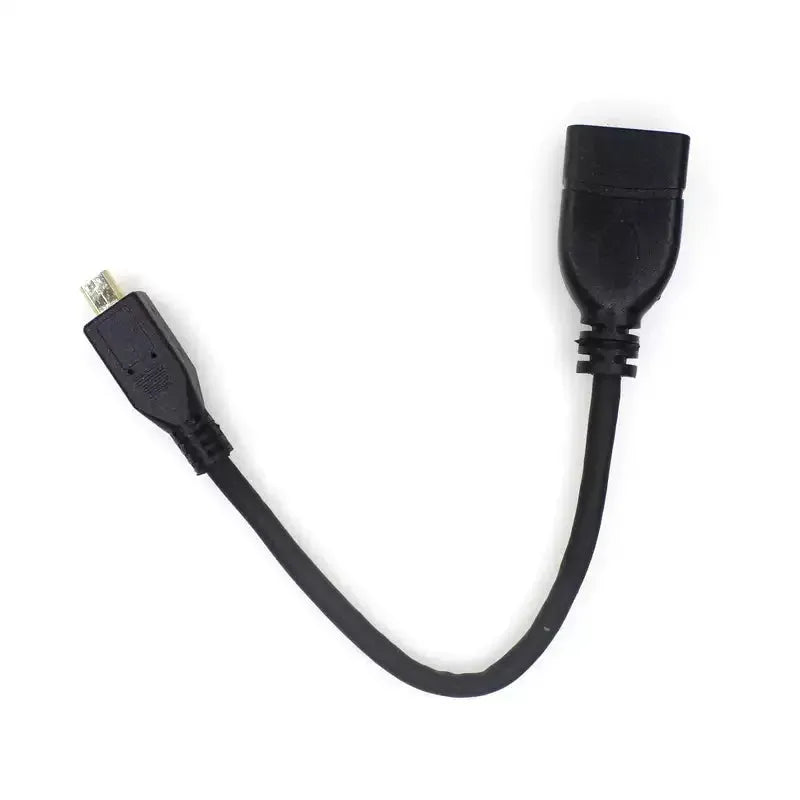ESP32 el desarrollo ha surgido como un aspecto fundamental para crear soluciones innovadoras y conectadas. Esto se debe en gran parte al diseño de microcontrolador potente y rentable del ESP32, que incorpora capacidades de Wi-Fi integrado y Bluetooth. Ha ganado una inmensa popularidad entre creadores, ingenieros y entusiastas de IoT. Diseñado por Espressif Systems, el ESP32 es reconocido por su versatilidad y rendimiento. Su robusto marco de software admite una variedad de enfoques de desarrollo, incluyendo CircuitPython, MicroPython, y C/C++ (Arduino, ESP-IDF), que han hecho que la creación de prototipos rápidos y el desarrollo de productos sean más accesibles que nunca.
Métodos de Desarrollo de ESP32
-
CircuitPython es un lenguaje de programación diseñado para simplificar las pruebas de codificación y el aprendizaje en placas de microcontroladores de bajo costo. Es un derivado de código abierto del lenguaje de programación MicroPython, dirigido principalmente a estudiantes y principiantes. El desarrollo y mantenimiento de CircuitPython son apoyados por Adafruit Industries.
-
Puedes consultar la documentación de desarrollo para el desarrollo de aplicaciones relacionadas con CircuitPython.
-
La GitHub biblioteca para CircuitPython permite la recompilación para el desarrollo personalizado.
-
MicroPython es una implementación eficiente del lenguaje de programación Python 3. Incluye un pequeño subconjunto de la biblioteca estándar de Python y ha sido optimizado para ejecutarse en microcontroladores y entornos con recursos limitados.
-
Puedes consultar la documentación de desarrollo para el desarrollo de aplicaciones relacionadas con MicroPython.
-
La biblioteca de GitHub para MicroPython permite la recompilación para el desarrollo personalizado.
-
Las bibliotecas oficiales y el soporte de Espressif Systems para el desarrollo en C/C++ hacen que la instalación rápida sea conveniente.
-
Manual de desarrollo de Arduino para la serie ESP32
-
Manual de desarrollo ESP-IDF para la serie ESP32
-
El entorno está configurado bajo Windows 10. Los usuarios pueden elegir usar Arduino o Visual Studio Code (ESP-IDF) como IDE para el desarrollo. Para los usuarios de Mac/Linux, por favor consulte las instrucciones oficiales.
Arduino
Instalar Arduino IDE
-
Abre la página oficial de descarga del software, y según el sistema correspondiente y los bits del sistema para descargar.

-
Puedes elegir "Solo Descargar" o "Contribuir y Descargar".

- Ejecuta para instalar el programa y instálalo todo por defecto.
Instalar Paquete: Usando Nano ESP32 como Ejemplo
- Instalar Nano ESP32: Abrir Gestor de Placas -> Buscar "Nano ESP32" e instalar la última versión (o la versión a utilizar).

Crear ejemplo
- El siguiente ejemplo trata sobre cómo hacer que un LED parpadee. (Archivo -> ejemplos -> Parpadeo bajo 01.Básicos)

-
Selecciona la placa de desarrollo y los puertos COM.
-
Busca "Nano ESP32", selecciona "Arduino Nano ESP32", y luego haz clic en OK (la siguiente imagen es solo para referencia, necesitas seleccionar la correspondiente placa.)


-
Haz clic en ✓ en la barra de menú para compilar y → para grabar la demostración compilada en la placa.

Ejemplo abierto
-
Abre el ejemplo existente, es más fácil de operar. Ejecuta directamente el demo ".ino" y consulta la operación anterior, y selecciona la placa correspondiente y el puerto COM para compilar, descargar y grabar.
-
ESP32-S3-Nano abre la demostración de Arduino: Abre Archivo -> Ejemplos. Estas demostraciones se pueden usar directamente sin otras bibliotecas externas.

MicroPython
- Descargue e instale la última Thonny IDE, abra Thonny IDE -> Configurar intérprete... como se muestra a continuación:

-
Presione la tecla BOOT en la placa, conéctese al cable USB y busque el Administrador de dispositivos o el puerto COM correspondiente. Descargue o ejecute la demostración, y puede ver el capítulo de Descripción del hardware para más detalles.
-
Según los pasos a continuación, descarga el firmware MPY en línea de la serie ESP32, y limpia el contenido de Flash de la placa de desarrollo antes de descargar, y todo el proceso de descarga dura aproximadamente 1 minuto.

-
Si el IDE Tonny necesita descargar el firmware local, puedes operarlo siguiendo los pasos a continuación. Selecciona el Paso 3 o el Paso 4, y se recomienda el Paso 4.
-
Por favor, consulta la Documentación de MicroPython y las notas de lanzamiento para programación.
Muestra de demostración
- Para el ejemplo de demostración de Arduino, consulte arduino-esp32 o Archivo -> ejemplos en el IDE de Arduino. Estos ejemplos se pueden usar directamente sin bibliotecas externas.

- Para el ejemplo de mpy, puedes consultar la documentación de MicroPython y la demostración de muestra.
Artículos relacionados
Documento
Manifestación
Software
Ficha de datos
Preguntas más frecuentes
¿Qué lenguaje de programación utiliza ESP32?
Puedes programar el ESP32 en una variedad de lenguajes y entornos de programación, incluyendo C/C++, Micropython, Lua, y más.
¿Es mejor el ESP32 que el Raspberry Pi?
Las placas Raspberry Pi y ESP32 son dos de las plataformas más importantes y populares para proyectos de electrónica y programación. Mientras que Raspberry Pi puede ser una mejor opción para usuarios que buscan un microordenador completo con un amplio poder de procesamiento y especificaciones avanzadas, el ESP32 brilla en áreas donde la eficiencia de costos, el bajo consumo de energía y las capacidades inalámbricas integradas (Wi-Fi y Bluetooth) son críticas.
¿Qué software se utiliza para programar ESP32?
Programación del ESP32 con Arduino IDE. Para programar tus placas, necesitas un IDE para escribir tu código. Para principiantes, recomendamos usar el IDE de Arduino.

